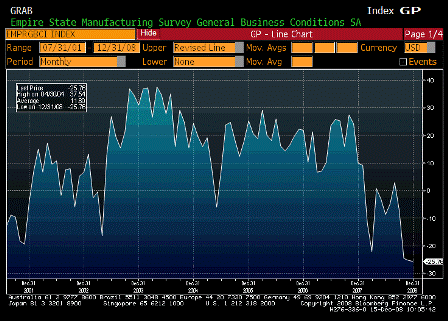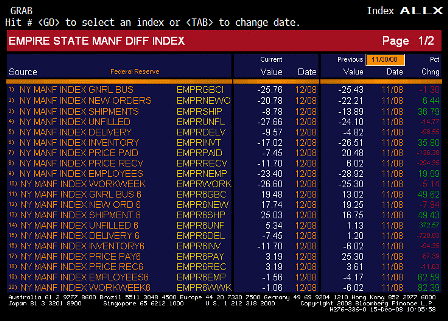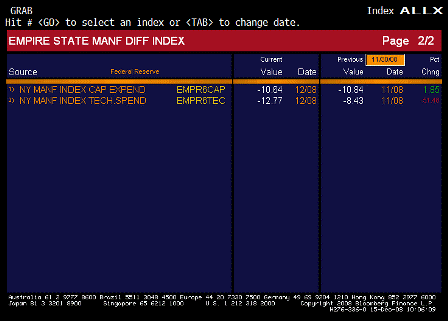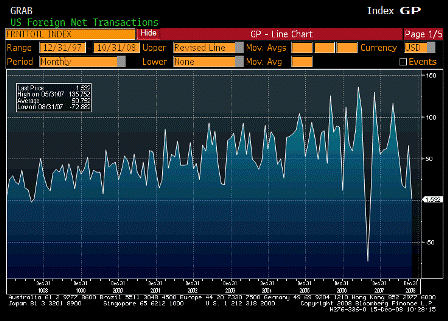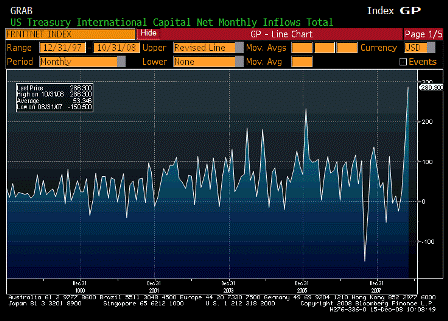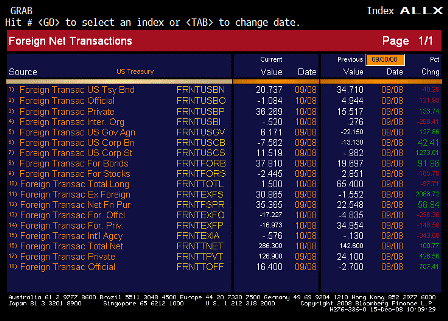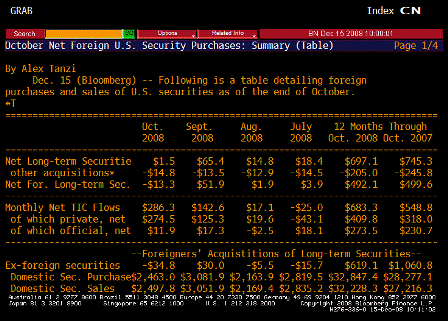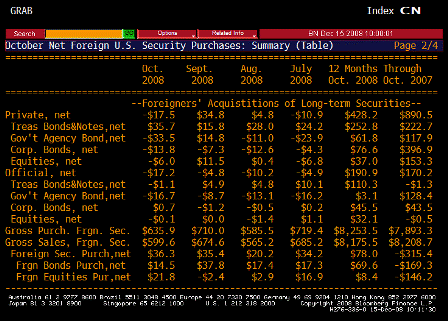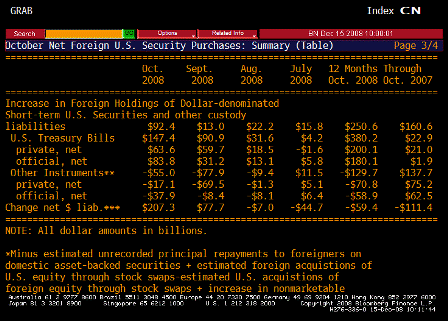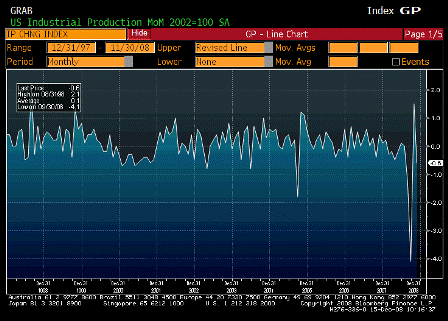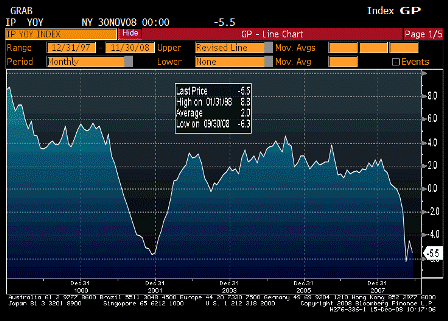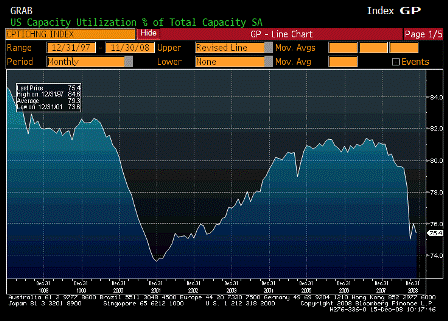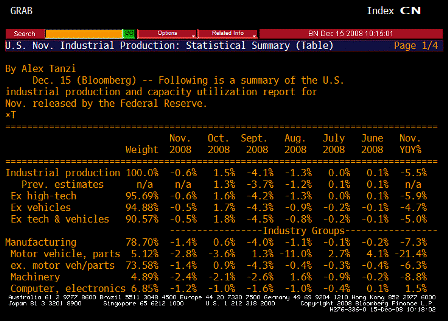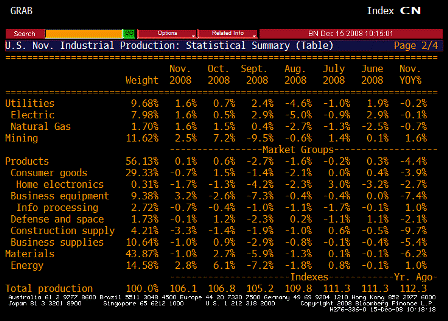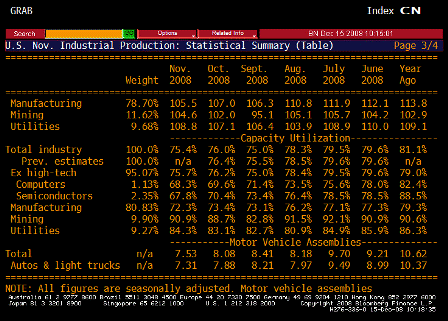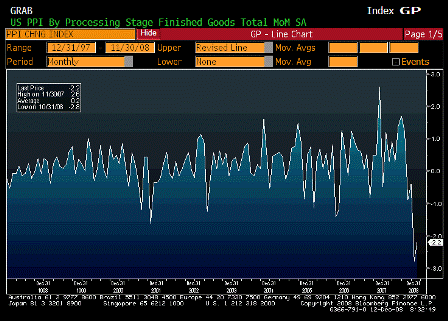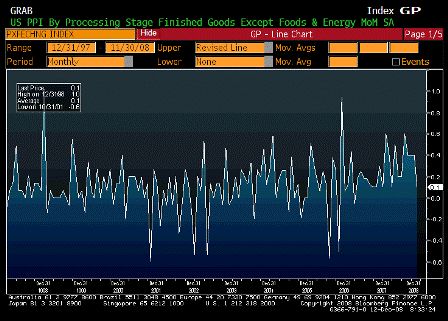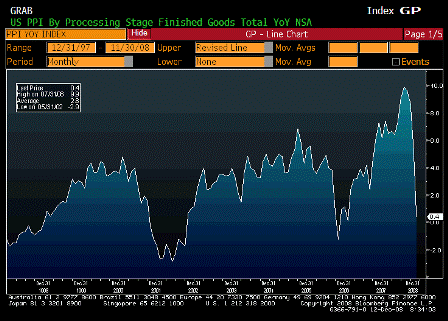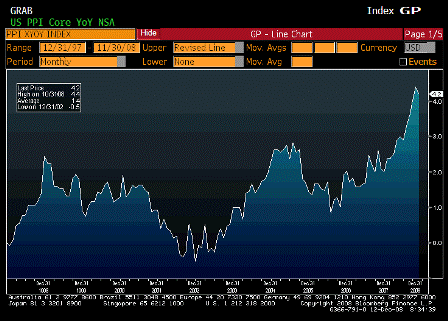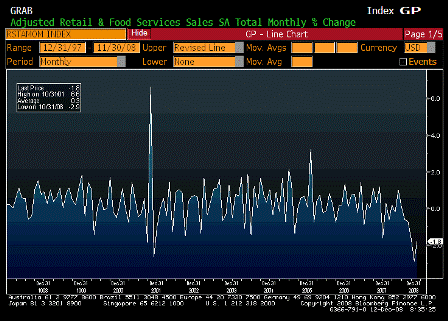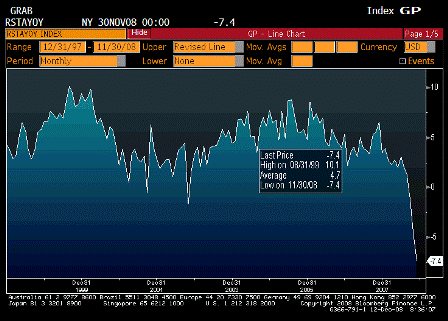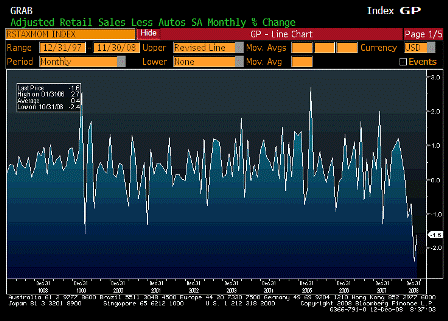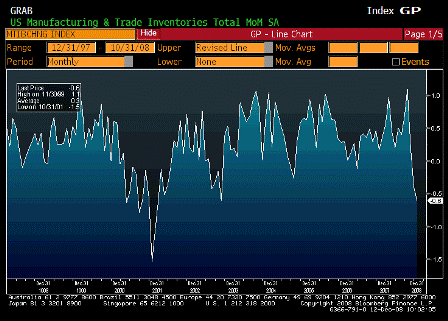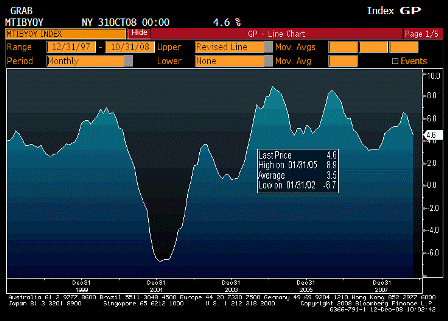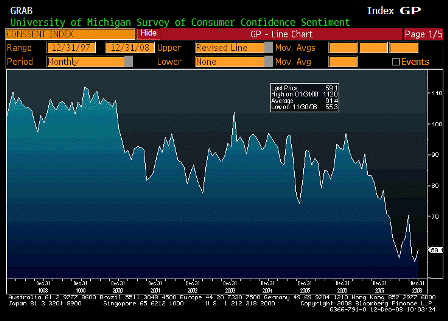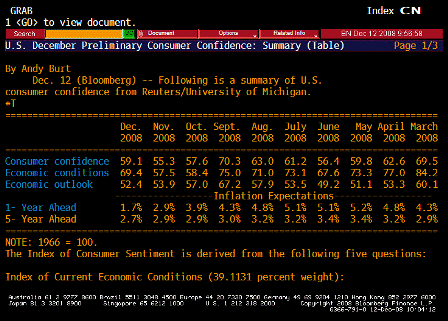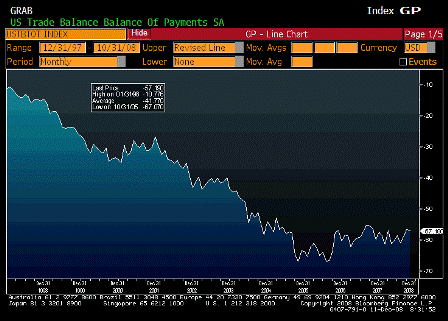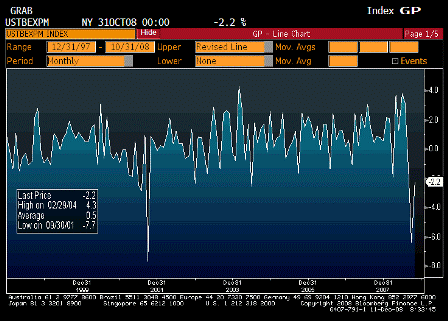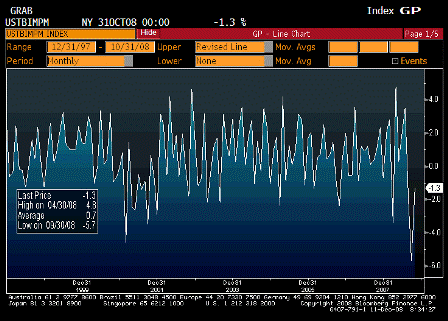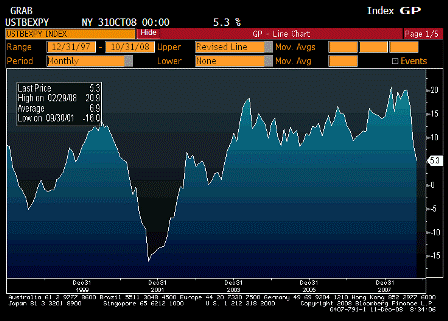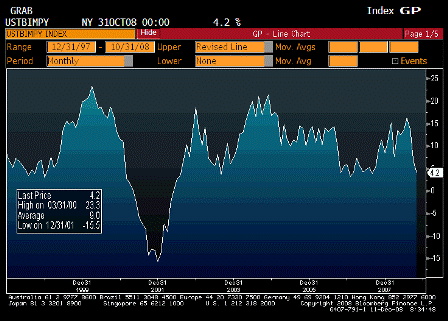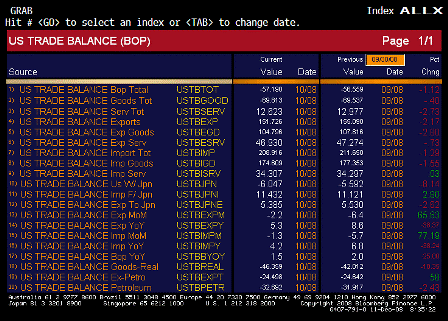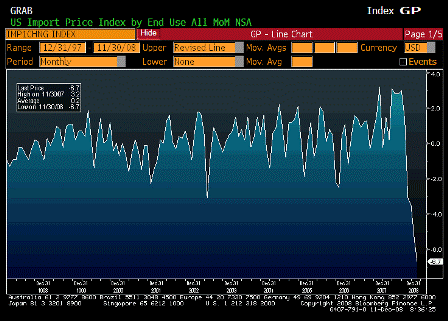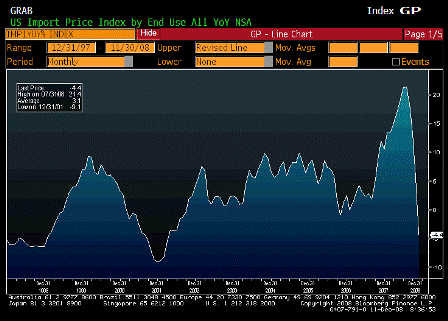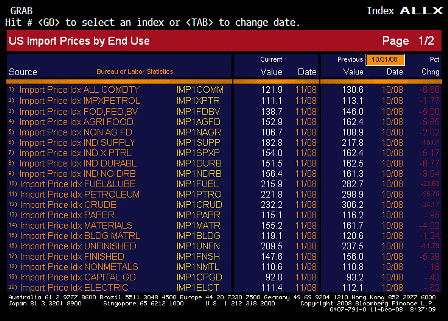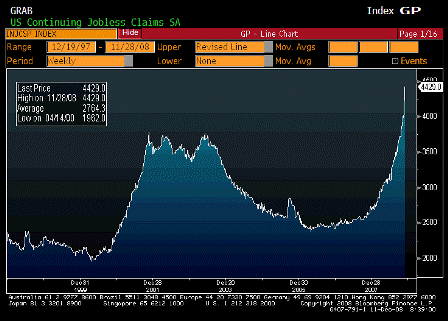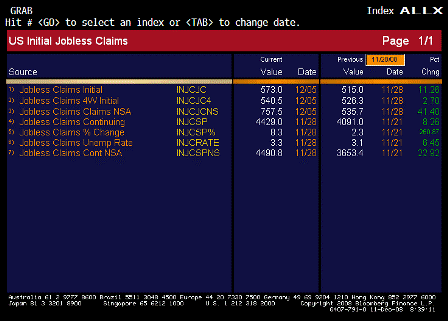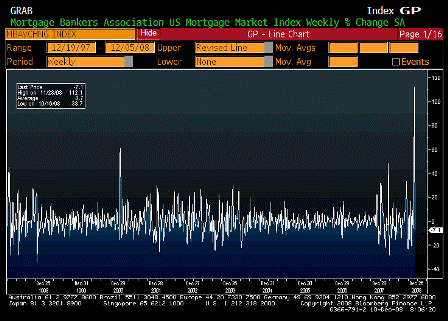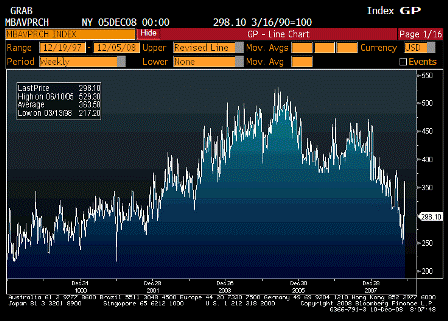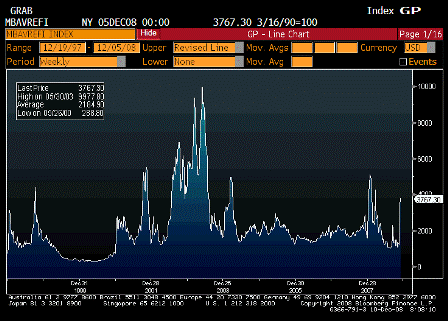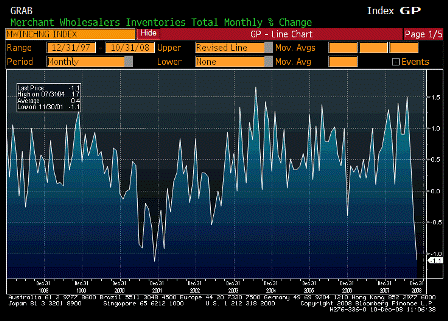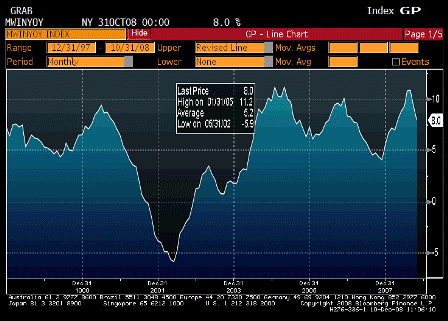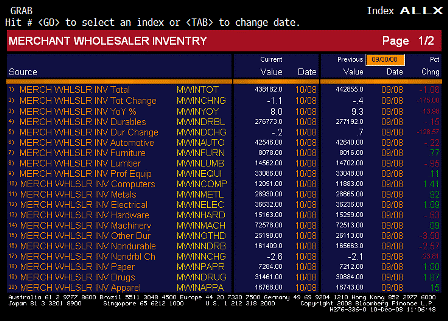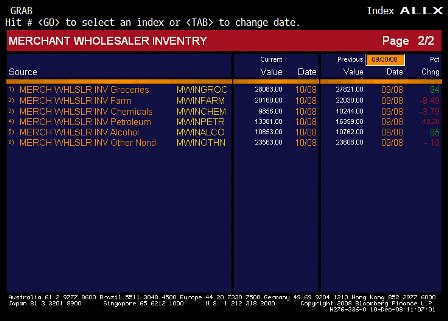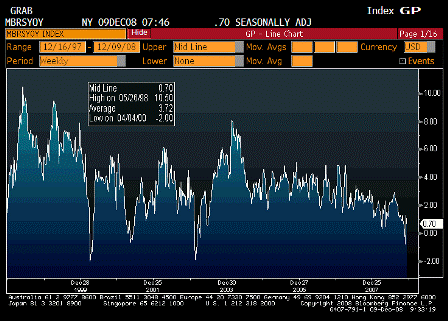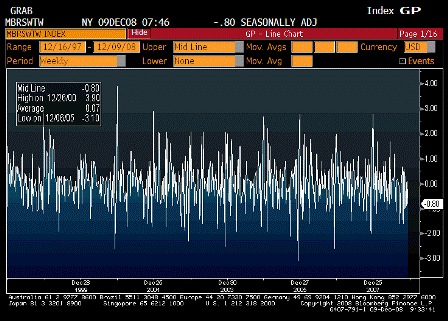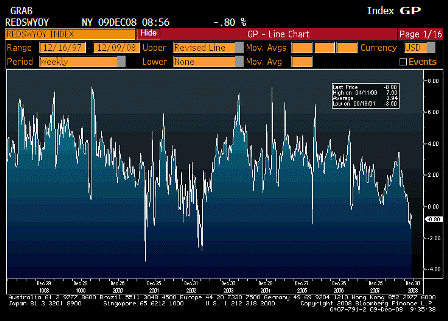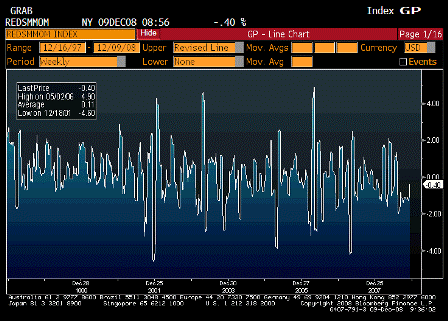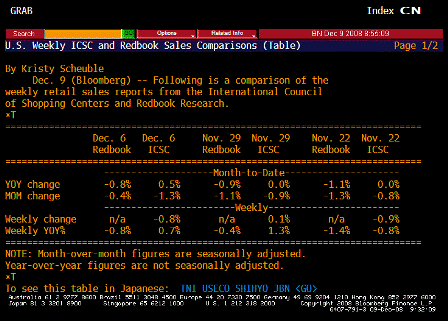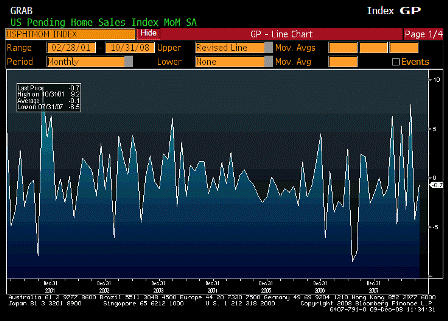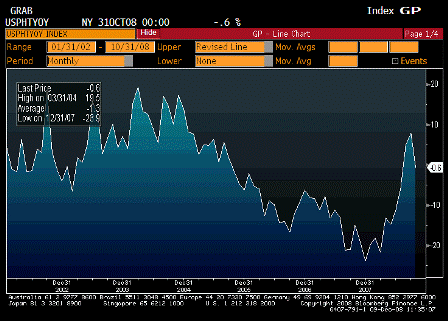[Skip to the end]
(email exchange)
Paying interest on reserves is functionally identical to issuing debt.
The difference would just be the different maturities.
This could be used to support higher short term rates, if that’s what they want.
Lots of CB’s have done this.
>
> On Thu, Dec 11, 2008 at 12:50 AM, Scott wrote:
>
> I hope all is well down under. This is interesting!
>
BOTTOM LINE: News reports indicate that Fed officials may be considering issuing debt. At this stage, we do not know how credible this is. They certainly do not need this to expand their balance sheet but may be motivated either by perceptions that existing options (reserve expansion) are too inflationary or by plans to acquire longer-term risky assets. The idea is not without risk as the existence of Federal Reserve debt would provide the basis on which markets could then take positions on the solvency of the central bank.
MAIN POINTS:
1. According to news reports, Fed officials are considering issuance of debt as an alternative way of expanding their balance sheet. Apart from the fact that these reports have appeared in several places, which often signals that they have some basis, we do not know if Fed officials are seriously considering this alternative. If they are, we think they would need Congressional authorization before proceeding and suspect they would seek it even if they did not think it necessary from a legal standpoint.
2. The idea is a bit puzzling as the Fed already has an effective means of expanding its balance sheet without limit by creating reserves. For example, if officials want to increase the size of an existing liquidity facility or create a new one, all they have to do is extend a loan in one of these facilities and credit the reserve account of the bank that borrows the funds. (If the counterparty is not a bank, then the Fed can provide the funds as Federal Reserve notes – i.e., “print money”). In normal circumstances this would push the federal funds rate down, which officials might not want to do, but currently the effective funds rate is so close to zero that this would not seem to be a significant consideration.
3. So why consider the alternative of issuing debt? We can think of two motivations:
a) Fed officials are uncomfortable with the speed with which the monetary base (bank reserves plus currency in circulation) has expanded over the past two months, either on their own account or because the public may see this as creating a huge inflation problem down the road. In the week ended December 3, the monetary base was $1.47trn; three months earlier it was $843bn. However, in our view this is a misguided concern for a couple of reasons:
i) At a time when concerns about deflation are mounting, Fed officials should want the public to see its current liquidity program as inflationary, to prevent such concerns from translating into expectations that prices will fall in a broad-based and sustained fashion.
ii) Such concerns usually take as an implied premise that the liquidity will be difficult to remove – in essence that the Fed will find itself on a razor’s edge of having to withdraw massive amounts of liquidity in a very short period once the economy starts to improve. This is highly unlikely in our view. By our reckoning, the output gap is already 4% of GDP (unemployment is about 2 points above the natural rate, and each point is worth 2% of GDP) and likely to go much higher before the economy starts to grow at a trend rate. This should give the Fed plenty of time to put its balance sheet back in order before inflation becomes a genuine risk.
Moreover, as the economy starts to improve, the excess liquidity should unwind on its own, as banks’ needs for liquidity facilities diminish in a natural fashion and the Fed begins to raise the federal funds rate target.
b) The other possible motivation is to lay the financing groundwork for large-scale direct purchases of longer-term risky assets, such as private-label mortgages and corporate bonds (which would also require congressional approval). If this is the motivation, then one implication is that the debt would be long-term in nature (again, we have no way of knowing what officials themselves are thinking in this regard). The idea would be such financing might need to be in place long after the liquidity facilities have been unwound, as the assets thus acquired take time to mature or be sold back into the private markets.
4. If the Fed were to issue debt, some interesting questions and possible unintended consequences arise, which we simply raise at this point for further discussion: (a) how would Fed debt stand relative to Treasury debt of comparable maturity? Would it be senior, junior, or pari passu? (b) would it be subject to some limit, as the Treasury’s debt is, and if not could this facilitate a situation in which some programs currently authorized for the Treasury (like TARP) would effectively be financed by comparable operations undertaken by the Fed? (c) if Fed debt does come into existence and begin to trade in the markets, prices on such debt (and on the inevitable CDS to be based on it) would allow the markets effectively to trade on the credibility of the central bank. It is not obvious to us that Fed officials would really want this to happen.
[top]

